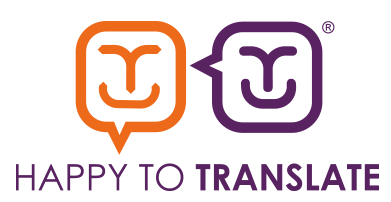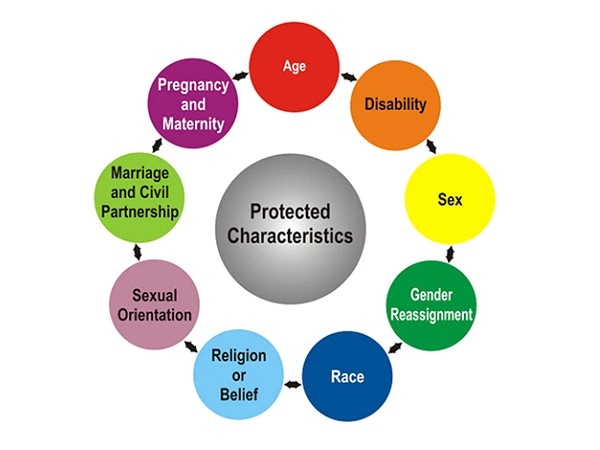The Impact of Language Barriers Across the Protected Characteristics
14th August 2020
Happy to Translate supports organisations and service providers to serve and provide information by overcoming language barriers. Its membership organisations are from varied aspects of services and differ in their practices. But they all want to be at the forefront of inclusive services and to ensure that they are there for everyone, regardless of language or cultural differences. In this paper we will try to demonstrate that the language communication barrier cannot be regarded in isolation when developing equality strategies, policies or practices.
When organisations are working on their Equality Strategy they ensure that equality legislation is at the heart of it and that they are meeting their public duty regulatory requirements. There is a tendency to become focused on the nine protected characteristics individually (Age, Disability, Gender Reassignment, Marriage and Civil Partnership, Pregnancy and Maternity, Race, Religion or Belief, Sex and Sexual Orientation) and develop actions to deliver each of them separately.
Organisations may set up sub-groups or have a different lead focused on a single characteristic but it is often the case that in slotting individuals into their protected characteristic we can overlook other barriers or problems, perhaps related to other characteristics, that are also impacting quality of life and which could be overcome by simple cross referencing.
One of the common barriers manifest across the protected characteristics is communication and it is important to take a holistic view of possible communication barriers when considering actions and practices to deliver on equality strategies. The wide range of organisations who are members of Happy to Translate demonstrates how all sorts of organisations value the importance of firstly removing communication barriers in order to optimise service delivery to customers. None of us fits into one single protected characteristic and this fact should be recognised when dealing with customers or providing information.
Language is often seen as part of the Race protected characteristic. The boundaries between the protected characteristics cannot be so stringent as to exclude people with a language barrier from other categories which may apply to them.
Organisations should look at people before placing them into specific categories, with the understanding that an older gay black man in a wheelchair with a language barrier should not be placed only in a race protected characteristic. A further example would be in the case of a pregnant Asian woman with a mental health condition reporting domestic abuse, who wishes her cultural and religious needs to be considered. She clearly falls into a number of protected characteristics and these must be considered when supporting her.
It is important that the protected characteristics are regarded through a lens of respect, communication and a desire to overcome the barriers they can face. People cannot be boxed into a single category or defined as belonging to one when we have a number of identities with which we wish to be identified. Defining individuals solely by the colour of their skin, disability type or sexual orientation can be discriminatory in itself.
The need for effective communication both between service provider and user, and between the organisation sub-group leaders, is the common thread that must be woven into an approach to relating to all the characteristics, so that they can be pulled into a cohesive, manageable collective. It’s widely acknowledged that verbal communication is a part of effective communication. Add to that the complex layers of multicultural practices, attitudes and behaviour and you have a swathe of opportunities for misunderstanding, misinformation and omission.
Happy to Translate advocates the use of independent interpreters, who are not only fluent in the language and dialect of the service user, but who are also familiar with and have a fundamental understanding of their cultural background and understand the huge importance of confidentiality when people are from small communities.
A person who has a language barrier faces what we would consider normal day-to-day tasks such as healthcare appointments or form-filling with trepidation. Consider then a person facing multiple barriers, for whom language is just one of them. As in the examples mentioned above, it is not inconceivable for a service user to be elderly, speak little to no English, who is living with a disability and in poverty due to no access to benefits or services. There are sadly many examples of individuals who fit into each of these protected characteristics who present themselves (or are referred) for help because they are suffering from physical, emotional or financial abuse - sometimes all of these at once.
It is time for us to commit to putting into practice a person-centred approach and to looking at individuals for their holistic needs with an open mind for delivering inclusive quality services.
Rohini Sharma Joshi
Happy to Translate Manager
August 2020

